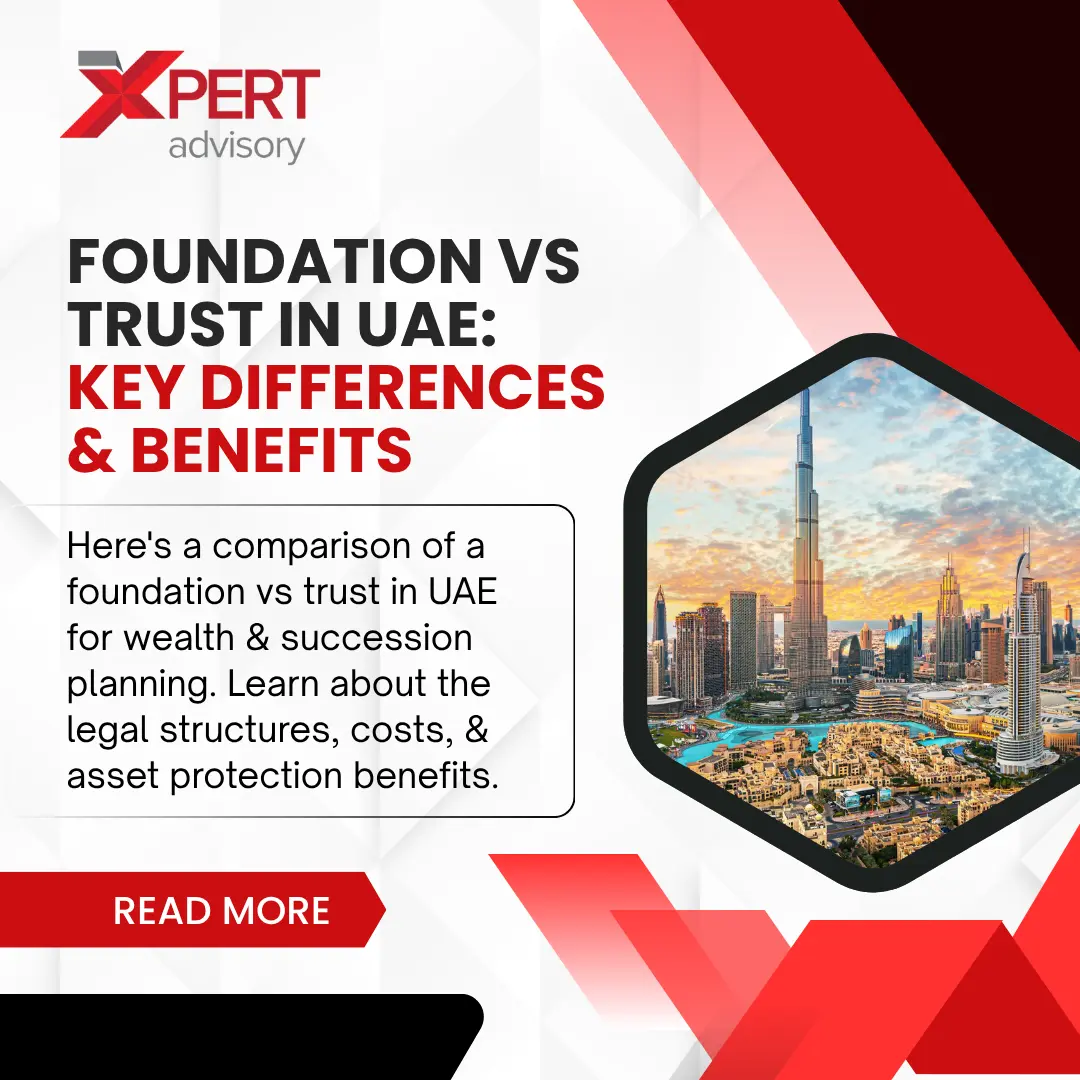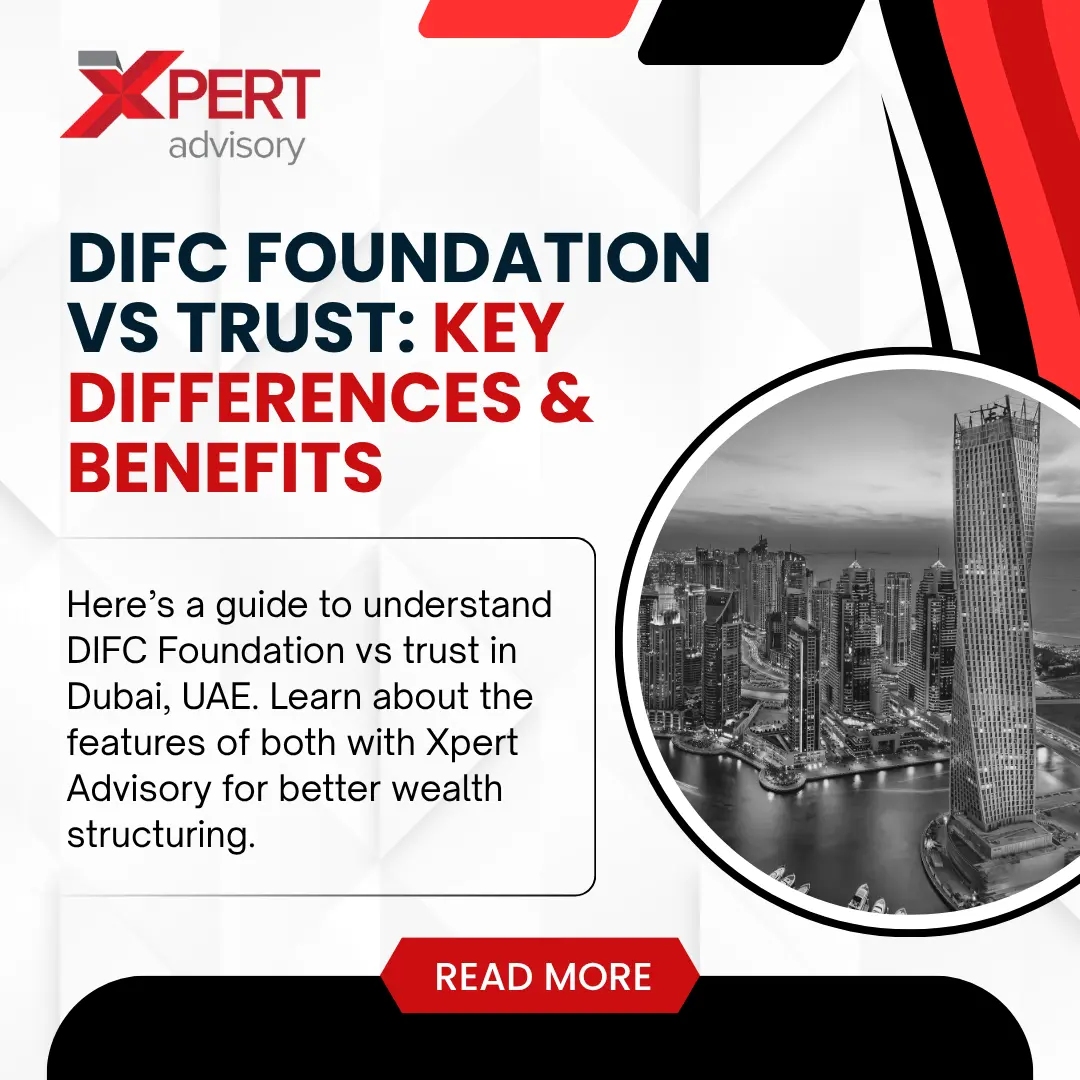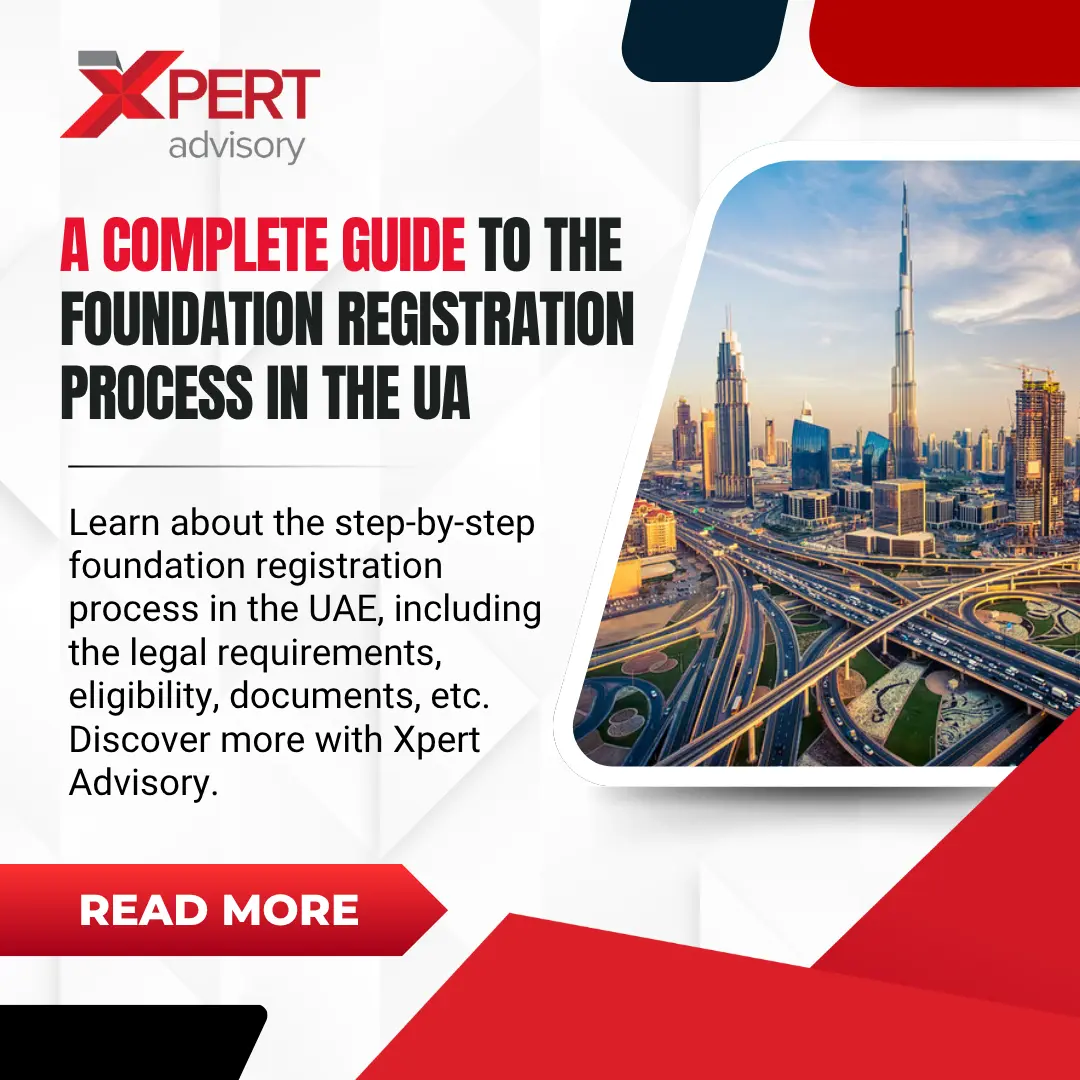In today’s regulatory landscape, anti-money laundering (AML) audit is emerging as a key element of compliance. An AML audit provides Financial Institutions, DNFBPs, and VASPs in the UAE with an objective assessment of their AML/CFT frameworks, ensuring alignment with regulatory standards. By identifying compliance gaps and strengthening AML measures, it helps businesses mitigate financial crime risks and uphold regulatory integrity. Discover this comprehensive guide on how to unlock financial security with an independent AML audit in UAE.
What is an Independent Anti Money Laundering Audit?

An audit is a systematic method of evaluating and validating an entity’s information, documents, systems, and procedures to ensure their correctness, completeness, and validity. An independent anti-money laundering audit evaluates organizational Anti-Money Laundering (AML) policies, systems, procedures and controls. The audit process examines records, processes and compliance frameworks like standard audits to ensure accuracy, completeness, and regulatory standards adherence.
The main objective of independent AML audits is to assess the organization’s AML measures and determine how effectively they meet regulatory standards. The independent audit function enables firms to undertake unbiased control evaluations, gap detection, improved financial crime risk management, and compliance framework advancements.
Role of Independent Anti-Money Laundering Audits in Strengthening Your Compliance Program
- An independent AML audit offers a fresh perspective, free from internal biases, ensuring a comprehensive evaluation. This external insight aids in pinpointing areas that may need improvement within your program.
- Independent anti-money laundering audits guarantee that your program meets current requirements, thereby lowering the chances of non-compliance and associated penalties.
- With the continuous evolution of AML regulations and criminal strategies, independent audits play a crucial role in enhancing your defenses. They rigorously test system to uncover vulnerabilities and strengthen compliance measures.
- Independent audits prove necessary for AML compliance program detection of errors and program effectiveness improvements through mistake resolution and reduced regulatory risk exposure.
- Independent audits verify your program’s adherence to latest standards which lowers the probability for non-compliance and associated penalties.
- Auditors provide valuable industry insight that allows them to recognize weaknesses and suggest best practices to address gaps, much like a security consultant offering recommendations for improvement.
Benefits of AML Independent Audit
- Neutral Compliance Insight: Independent anti-money laundering audits offer impartial assessments regarding the effectiveness of a business’s AML policies, controls, and overall framework. The audit team consists of skilled professionals who possess technical knowledge and proficiency in AML compliance, ensuring they are well-equipped to evaluate your AML compliance framework. The audit highlights the aspects where the AML department must focus to strengthen the compliance process and guarantee its alignment with the AML regulations established by the government and independent international organizations like FATF.
- Ensuring Proper Enforcement: Regularly conducted AML audits will effectively evaluate and apply the necessary corrective actions. The audit will also assess the firm’s advancement in adopting and executing measures to resolve discrepancies in the AML policies and procedures.
- Quick Remedial Action: Independent audits are adept at taking immediate action as they can pinpoint the risks affecting the company’s AML compliance strategy. The audit will provide insights into the necessary measures a business should implement to combat risks and evaluate the disparity between current controls and those suggested.
- Quality Assurance: Regular evaluation of AML practices is essential to maintain quality assurance in the compliance process. Regular independent audits can provide essential consistency and reliability in the quality of the AML compliance program.
- Optimized AML Compliance Framework: With independent audits, a business can stay aligned with the evolving dynamics of the AML compliance framework. The organization can adjust its AML framework to meet the new requirements, mitigating the risk of non-compliance and safeguarding itself against the latest ML/FT typologies and trends.
- Boost Corporate Integrity: AML audits play a crucial role in building trust and integrity in the marketplace. Investors, stakeholders, and customers value the business’s commitment to strict compliance. Attracting potential investors becomes easier when they recognize that an independent AML practice ensures they won’t encounter legal issues or face non-compliance penalties.
When Should AML Audits Be Conducted?
AML audits should be conducted at regular intervals to ensure compliance, identify risks, and strengthen financial crime prevention measures.
- Annually: Most businesses should conduct audits annually to maintain continuous compliance.
- Based on Risk Exposure: High-risk industries or large corporations need audits more often based on their exposure to risk.
- Regulatory Changes: Auditing should commence upon the implementation of new AML laws or guidelines.
- Significant Business Changes: Auditing is required after mergers, acquisitions, or major operational shifts.
- Regulatory or Internal Findings: An immediate audit should be conducted when regulatory bodies or internal findings identify compliance gaps or risks such as money laundering or financing of terrorism.
Documents and Information Required for an AML Audit in UAE

- Business Profile
- Trade license, Memorandum and Articles of Association
- Organization structure
- Annual financial statements
- Enterprise-Wide Risk Assessment
- AML/CFT Program
- Red flags applicable to your business
- AML/CFT governance
- Compliance Officer’s Profile
- KYC, CDD, customer onboarding procedures and templates
- Procedures for submitting various regulatory reports (SAR, STR, FFR, PNMR, DPMSR, REAR, HRC, HRCA, etc.)
- AML Record Keeping Policy
- AML training logs and training material
- Details of Targeted Financial Sanctions Program and Systems
- Customer and Supplier registers
- Register for the AML/CFT reports filed with the goAML portal
- Employee register
- List of countries identified as high-risk countries
- The procedures to identify and establish a business relationship with PEPs
- Previous years’ independent Anti-money laundering audit reports
- Information about the inspection or review conducted by the supervisory authorities and guidance received from them
- Information about administrative fines and penalties imposed on the entity
- Periodic report submitted by the compliance officer to the senior management
- Access to staff members and senior management
- Access to files and various compliance records
- Disclosure of all known instances of statutory non-compliance
Who can Conduct An Independent Anti-Money Laundering Audit?
An AML audit requires selection of an experienced professional who holds appropriate qualifications. The designated AML compliance officer or any staff member cannot conduct the independent audit. Individuals performing independent audits must not be from or linked to the company’s internal compliance department. That’s because the person could have the authority to alter the audit process.
The purpose of an audit is to get an independent and objective opinion which organizations cannot obtain through manipulated results. As far as possible, the independent anti-money laundering auditor should have relevant certification. An independent anti-money laundering Auditor must have the competence to understand:
- Business environment
- Regulatory Environment
- Compliance Culture
- Scope of Work
The independent AML auditor must demonstrate expertise in Enterprise-Wide Risk Assessment (EWRA), AML/CFT policies, gap analysis, and compliance records, involving KYC, screening , SAR/STR and other regulatory filings. You can also choose Xpert Advisory to deliver thorough AML audits that detect potential weaknesses and provide strategic insights to strengthen your compliance framework.
Steps to Conduct an Independent Anti-Money Laundering Audit in UAE
An independent anti-money laundering audit performed in UAE demands a carefully designed strategy, organized implementation and ongoing administrative tasks.
Step 1: Developing an Effective AML Audit Plan
An independent anti-money laundering(AML) audit begins with a well-structured audit plan, outlining key elements to ensure a thorough compliance review. This includes:
- Audit Resources: Defining the audit teams and audit tools needed to perform an appropriate audit.
- Scope of the Audit: Identifying AML evaluation aspects alongside the selection of relevant documents as well as the duration of the auditing period.
- Audit Objectives: Establishing the main purpose to examine the effectiveness of AML/CFT measures along with other important objectives.
- Audit Procedure: Selecting audit procedures include verification of records in addition to physical site assessments and interviews and compliance testing methods.
Anti-Money Laundering (AML) assessments necessitate the involvement of experts in financial crime regulation who possess the requisite qualifications to perform thorough evaluations. The auditors must adhere to regulatory modifications and comprehensively understand all Anti-Money Laundering (AML) obligations of the evaluated entity.
The formulation of an audit plan necessitates alignment with the organization’s scale, industry-specific risk factors, and the complexity of its operations. The audit program requires both the Anti-Money Laundering regulations of the UAE and guidelines established by supervisory authorities to guarantee effective compliance and minimize financial crime risks.
Step 2: Executing the AML Audit Plan
The execution of established AML audit plans demands exact execution methods for conducting a complete and independent assessment process. Key steps include:
- Reviewing AML/CFT Documentation: The auditor must review all AML/CFT-related documentation to assess whether the entity maintains its policies, procedures and regulatory compliance. The audit should identify all non-compliant areas which must be documented.
- Verifying Customer & Transaction Records: The auditor must examine the effectiveness of Customer Due Diligence (CDD) and fraud detection measures by the verification of monitoring systems and customer onboarding documentation.
- Assessing AML Compliance Tools: The reliability, security and operational efficiency of AML compliance systems needs evaluation for identifying potential weaknesses that demand improvement.
- Interviewing AML Compliance Personnel: Direct interaction with AML Compliance personnel allows the assessment of staff members’ AML knowledge to identify training requirements.
Auditors must retain independence and impartiality throughout their professional responsibilities. Following the audit process, the auditor must submit a detailed report on compliance deficiencies, including specific suggestions for top management. The learned knowledge serves as both an organizational framework for strengthening anti-money laundering (AML) compliance measures and a technical means of mitigating financial crime risks.
Step 3: Post-Audit Actions & Compliance Enhancement

After receiving the independent anti-money laundering audit report, senior management must promptly address any identified deficiencies. Key post-audit actions include:
- Implementing Audit Recommendations: The implementation of audit recommendations requires AML Compliance Officers along with appropriate teams to execute AML/CFT improvement strategies discovered by auditors.
- Developing a Corrective Action Plan: Senior management should develop a Corrective Action Plan through which non-compliance issues will be resolved with updates to AML policies and enhanced Customer Due Diligence (CDD) procedures and the assignment of new resources.
- Monitoring Progress & Follow-Ups: The corrective steps require both timely action execution by compliance personnel as well as regular oversight to assure complete implementation of recommended measures.
An independent anti-money laundering audit functions as a basic requirement for analyzing the efficiency and operational quality and adaptability of an organization’s AML framework. Businesses can reduce financial crime risks while maintaining regulatory standards by resolving compliance gaps through improved AML strategy reinforcement.
Components of Independent Anti-Money Laundering Audit Report
The audit report generally includes the following:
- Name of the auditee
- Audit period
- The title of the audit report
- ‘Independent AML/CFT Audit’
- Auditor details – name, experience, and qualifications
- The statement as to the auditor’s independence
- The scope and type of audit
- Responsibilities of the auditor and the auditee
- Summary of work performed
- Key audit findings
- Methods and procedures used to determine the adequacy and effectiveness of AML/CFT program
- Recommendations
- Date
- Signature
Post-Audit Responsibilities of the Auditee
Post-AML audit, senior management must determine the appropriate actions by considering the observations and suggestions provided by the auditor. Senior management needs to take immediate action to resolve non-compliant or partially compliant areas through corrective measures.
The auditee needs to present ongoing communication with the auditor about remedial action scope and effectiveness through a structured framework. including:
- Implemented Controls: Ensuring all recommendations for compliance measures are in place.
- Identification of New Risks: Recognizing emerging threats that require attention.
- Additional Control Measures: Strengthening AML defenses where necessary.
- Prioritization of Risks: Addressing the most critical compliance gaps first.
The strategic implementation of post-audit responsibilities leads to sustained development in AML compliance together with better risk management practices.
Conclusion
AML audits are a critical component in ensuring adherence to AML regulations. Independent AML Audit analyzes the effectiveness of business AML/CFT framework while discovering weaknesses which create exposure to financial crime risks. By providing an unbiased assessment, these audits help organizations strengthen their compliance measures, enhanced due diligence processes, and align with evolving regulatory requirements. Regular audits empower businesses to stay ahead of risks, maintain transparency, and build a robust defense against money laundering and financial crimes.
Ready to secure your business and stay ahead of the curve? Xpert Advisory ensures AML compliance with comprehensive AML audits to identify gaps and protect your business against potential financial risks. Contact us now and take the first step toward protecting your business.
FAQs
What is an AML audit in the UAE?
An AML audit involves an inspection conducted by an independent auditor who is not affiliated with the company’s internal AML compliance team. This auditor reviews the AML policies, procedures, systems, and controls to ensure they effectively mitigate risks related to money laundering and terrorist financing, meet legal requirements, and function as intended.
What are the key steps involved in an AML audit?
The independent anti-money laundering audit begins by developing a proactive audit plan that outlines the scope, objectives, procedures, and resources involved in the audit process. Following that, the real audit process begins, during which the auditor examines the AML/CFT program, customer onboarding records, and AML compliance tools, while also conducting interviews with AML compliance staff. The auditor documents the observations and presents the audit report to the management.






